Excelsior Correspondent
Jammu and Kashmir continues to remain in spotlight for one reason or the other. The year that passed by too hogged national, and international limelight for some incidents that happened in all the three regions of the state, though, Kashmir continued to dominate the scene as ever.
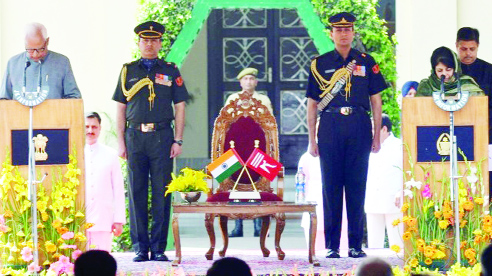 The year started on a somber note with the demise of Chief Minister Mufti Mohammad Sayeed, followed by Governor’s rule as PDP leader Mehbooba Mufti could not make her mind to hold the reins of the State. The suspense remained hovering over the State till the time Mehbooba Mufti finally was sworn in as the Chief
The year started on a somber note with the demise of Chief Minister Mufti Mohammad Sayeed, followed by Governor’s rule as PDP leader Mehbooba Mufti could not make her mind to hold the reins of the State. The suspense remained hovering over the State till the time Mehbooba Mufti finally was sworn in as the Chief 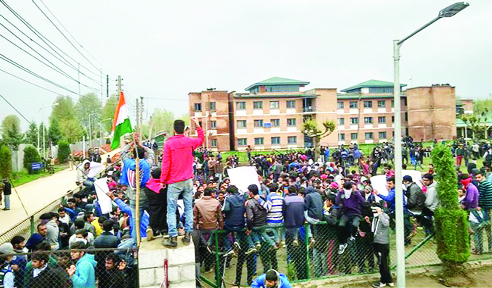 Minister of this politically sensitive State. With this also ended the season of speculations whether the PDP-BJP alliance may continue, or will there be fresh elections as many political parties had demanded.
Minister of this politically sensitive State. With this also ended the season of speculations whether the PDP-BJP alliance may continue, or will there be fresh elections as many political parties had demanded.
Hardly had the Chief 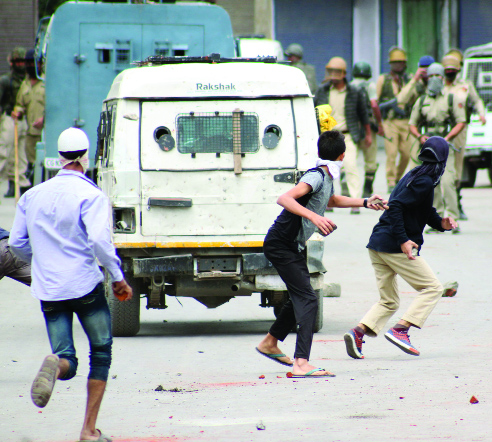 Minister settled, when NIT Srinagar controversy generated political heat in not only in twin capital cities of the State-Jammu and Kashmir, but in the country’s capital as well.
Minister settled, when NIT Srinagar controversy generated political heat in not only in twin capital cities of the State-Jammu and Kashmir, but in the country’s capital as well.
The NIT unrest had its impact in Jammu. To express solidarity with NIT students, University and college students in Jammu held protest demonstrations against Government’s ruthless and insensitive attitude towards engineering 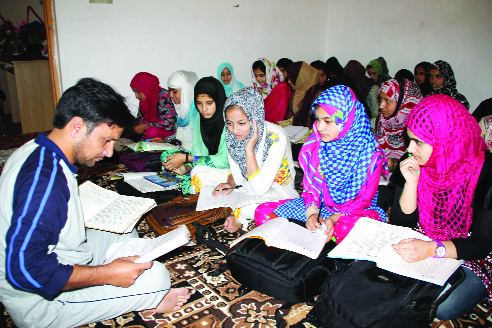 students.
students.
The NIT dust was yet to settle down when Mehbooba’s government faced with two more controversies. The reported plans to set up Sainik colonies and exclusive colonies for migrant Kashmiri Pandits in the Valley drew severe criticism from mainstream Opposition 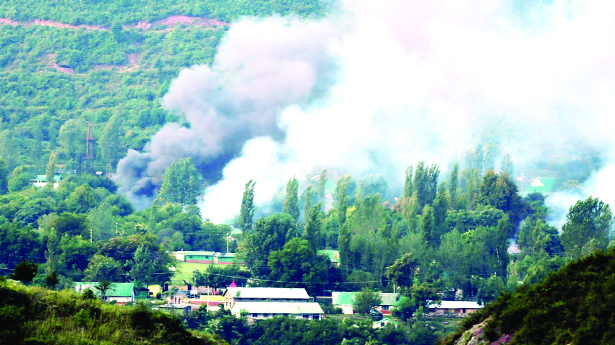 parties as well as separatist groups, which threatened to launch an agitation over these issues.
parties as well as separatist groups, which threatened to launch an agitation over these issues.
The Government on several occasions, including during the Budget Session of the assembly in Srinagar stated that it had no such plans.
The anti-social and anti-national elements tried to 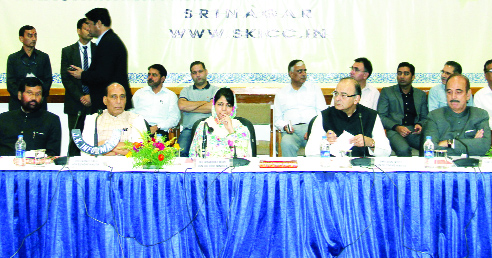 stoke communal flare-up in Jammu region when they committed sacrilegious acts in succession-one, at AapShambu Temple Roop Nagar, Second, at Shiva Temple, Nanak Nagar, and third at Rajouri. However, Jammuites did not let these elements succeed in their
stoke communal flare-up in Jammu region when they committed sacrilegious acts in succession-one, at AapShambu Temple Roop Nagar, Second, at Shiva Temple, Nanak Nagar, and third at Rajouri. However, Jammuites did not let these elements succeed in their 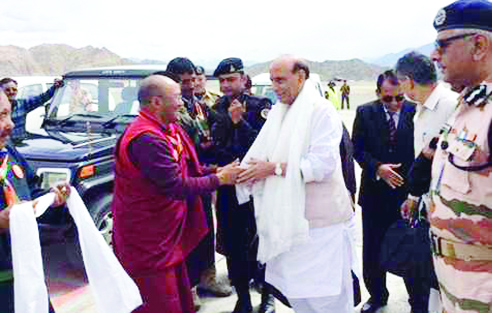 nefarious designs.
nefarious designs.
As it appeared that the worst was over for the PDP-BJP government, HizbulMujahideen commander BurhanWani – who had become the poster boy of militancy in Kashmir – was killed in an encounter with security forces on July 8.
As the news of his death 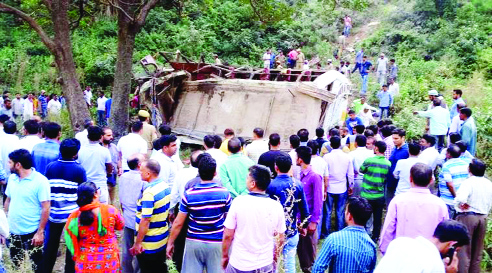 spread, there was an unprecedented outpour of outrage on the streets of the Valley. Violent street
spread, there was an unprecedented outpour of outrage on the streets of the Valley. Violent street 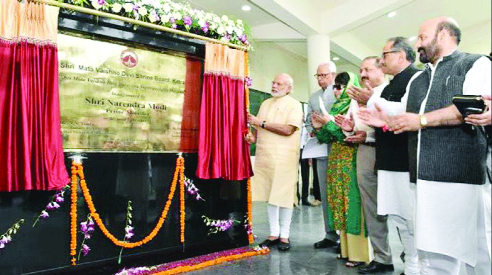 protests and clashes between protestors and security forces across the Valley over the next several months left 86 people dead and hundreds – including 5000 security forces personnel – injured.
protests and clashes between protestors and security forces across the Valley over the next several months left 86 people dead and hundreds – including 5000 security forces personnel – injured.
Authorities imposed curfew across Kashmir valley, snapped mobile 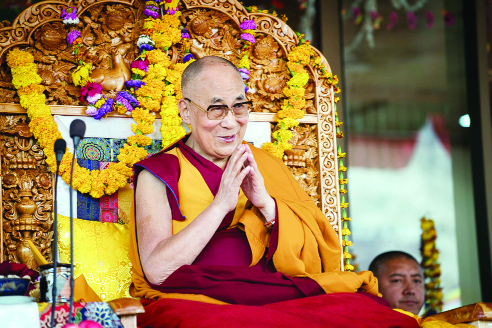 and Internet services, banned newspapers for three days and took several news channels off air in an attempt to end the street violence but protests continued unabated.
and Internet services, banned newspapers for three days and took several news channels off air in an attempt to end the street violence but protests continued unabated.
The separatists, sensing an opportunity, jumped in and started issuing weekly agitation calendars as they did in 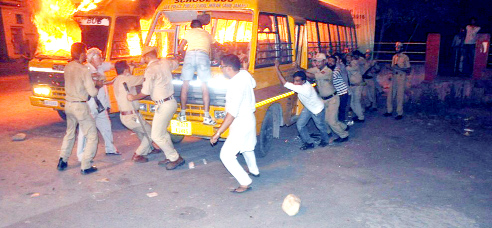 2010.
2010.
Curfew and shutdowns brought life in Kashmir valley to a standstill as schools remained closed, businesses shut and transport off the roads.
The deadly attack at Uri, close to Line of Control, on September 18  prompted perhaps the strongest peacetime reaction from the armed forces against the militants.
prompted perhaps the strongest peacetime reaction from the armed forces against the militants.
As many as 19 soldiers were killed at Uri before the Army eliminated the four intruders, who had crossed the LoC just a day before launching the attack. In retaliation special forces launched 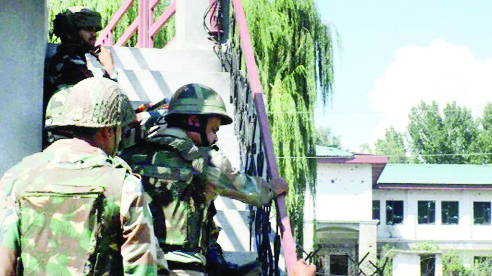 surgical strikes across the LoC into PoK and destroyed several militant camps in which over 40 ultras and their sympathisers were killed. It was a departure from the traditional policy of exercising restraint after every ceasefire violation or an attack on security
surgical strikes across the LoC into PoK and destroyed several militant camps in which over 40 ultras and their sympathisers were killed. It was a departure from the traditional policy of exercising restraint after every ceasefire violation or an attack on security 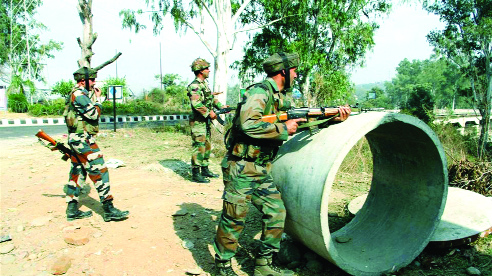 installation.
installation.
As the Valley was going through its worst unrest in 26 years, there was an increase in hostilities along the LoC between armies of India and Pakistan. Both sides accused each other of violating the ceasefire in Jammu and Kashmir 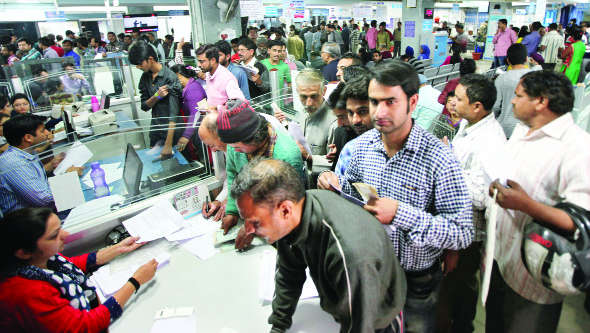 along the LoC and the international border.
along the LoC and the international border.
The surgical strike led to more skirmishes and exchange or artillery fire between the two sides till November, leading to fears among people here of outbreak of full blown war between the two countries.
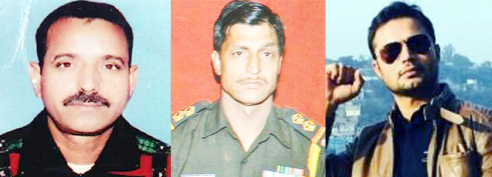 However, it were border people of Kathua, Jammu, Samba, Poonch, Rajouri who had to bear the brunt of Indo-Pak hostilities. Immediately after India carried out surgical strikes across the LOC on seven terror launch
However, it were border people of Kathua, Jammu, Samba, Poonch, Rajouri who had to bear the brunt of Indo-Pak hostilities. Immediately after India carried out surgical strikes across the LOC on seven terror launch
pads, the evacuation of border people was 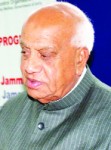 started on a large scale fearing backlash from Pakistan. Over 12,000 people from all forward villages falling between Pallanwalla and Khour sectors along the LoC in Akhnoor tehsil of jammu District, migrated to safer locations following heavy mortar shelling and firing by the Pakistan Army. The border dwellers from other districts like Rajouri and Poonch including Pallanwalla started migration after Pakistan army resorted to heavy mortar shelling and firing at Channi Dewano, Darkoot, Palatan, and surrounding villages of the District.
started on a large scale fearing backlash from Pakistan. Over 12,000 people from all forward villages falling between Pallanwalla and Khour sectors along the LoC in Akhnoor tehsil of jammu District, migrated to safer locations following heavy mortar shelling and firing by the Pakistan Army. The border dwellers from other districts like Rajouri and Poonch including Pallanwalla started migration after Pakistan army resorted to heavy mortar shelling and firing at Channi Dewano, Darkoot, Palatan, and surrounding villages of the District.
There was immense damage to houses and cattle shed of the people. In several other border villages, the people continued to take shelter in safer areas including houses of their relatives or the Government accommodation identified for them by the civil administration.
Army, CRPF and police foiled major fidayeen attack in the heart of Poonch town, killing three militants after day long operation at AllaPirMohalla. One police personnel was killed and five others including four Army and Police jawans and a civilian were injured in the operation.
In other incident, a group of militants carried out an audacious attack in the early hours on Nagrota Army base in which all the militants were killed. Seven soldiers also attained martyrdom.
After a long struggle of decades, the Central Government annouced a relief package of Rs 2000 cr. for refugees from PoK refugees settled in Jammu for last seven decades. Each family is expected to get 5.6 lakh rupees. If the package was welcome, were political parties and separatists objected to granting of domicile identity cards to West Pakistan refugees, on the pretext that it will change the demography of the region.
Union Home Minister Rajnath Singh visited the Valley several times to assess the situation. In the month of September, Singh led an all-party delegation of national parties in an attempt to reach out to all sections of the society to end the street protests. The delegation, however, failed to achieve the objective.
Taking advantage of the situation in the Valley militants snatched weapons from the security forces at Kulgam, Budgam and other parts of the State. As result of it, some policemen were suspended and taken into custody for questioning.
The PDP leaders and some political activists had to face the wrath of the agitating public. They attacked the house of Minister for Public Works and Parliamentary affairs, Abdul RehmanVeeri at Veeri village in Anantnag. They also set ablaze houses of other PDP and NC leaders. Police personnel too were not spared.
Keeping his promise of taking Jammu on the path of progress, the Prime Minister Narendra Modi inaugurated Shri Mata Vaishno Devi Narayana Super Speciality Hospital at Katra. The Hospital is expected to give a boost to health care system of the State. As the state machinery remained engaged in tackling the unrest in Kashmir, no worthwhile developmental work could be carried out except some centrally sponsored projects like the IIT Centre which was inaugurated by Prakash Javedkar, the HRD Minister in a simple but impressive function held in a hired building.
Jammu -The land of warriors also witnessed the sacrifices of its sons for the sake of the country. SubedarKarnail Singh of ShibuChak, Bishnah and Havildar Ravi Paul of Samba attained martyrdon in Uri attacks, while Arvind Bazala died in a Chopper crash.
On constitutional front, a landmark decision from Supreme Court added a new dimension to State-Centre relation. The Supreme Court stated that provisions of Securitisation and Reconstruction of Financial assets and Enforcement of security Act, 2002 (SARFAESI), are fully applicable to Jammu and Kashmir.
Snubbing the Jammu and Kashmir High Court for asserting the state’s “sovereignty” and “sovereign powers”, the Supreme Court Friday said J&K “has no vestige of sovereignty outside the Constitution of India”. A bench of Justices Kurian Joseph and Rohinton Nariman also rejected the J&K High Court’s view that the J&K Constitution was equal to the Constitution of India.
“It is clear that the state of Jammu & Kashmir has no vestige of sovereignty outside the Constitution of India and its own Constitution, which is subordinate to the Constitution of India… they (residents of state) are governed first by the Constitution of India and also by the Constitution of Jammu & Kashmir,” the bench said, referring to the preamble of the Constitution of J&K, 1957.
Besides, the Government cleared decks for holding Panchayat elections in Jammu and Kashmir by giving assent to the Jammu and Kashmir Panchayati Raj Amendment Bill, 2016.
Road accidents continued to claim lives of people in Doda, Reasi, Kishtwar and Bhaderwah regions of the State. 22 people died in Reasi and seven persons were killed in Kishtwar. Besides some minor accidents continued to occur here and there.
After remaining ill for some time, former Congress leader and Deputy Chief Minister Mangat Ram Sharma passed away. His death was widely mourned in the state.
The fallout of Kashmir turbulences resulted in people of Leh district submitting a memorandum for Union Territory Status to Leh region. The move was quite significant because it was supported by all religious, political and social organisations unanimously.
The Kargil district witnessed the fall of LAHDC, Kargil as NC-Congress Coalition snapped ties. But the council came to existence once again as Congress extended support to PDP for formation of the council.
His holiness Dalai Lama was on a spiritual journey to Leh. He also visited to Kargil to keep date with his followers there.
However, the year ended on a positive note with Government fully on the job.
Trending Now
E-Paper


